14th – 16th Century
The beginning
Japanese Samurai develop Ju-Jitsu to defeat opponents at short ranges.
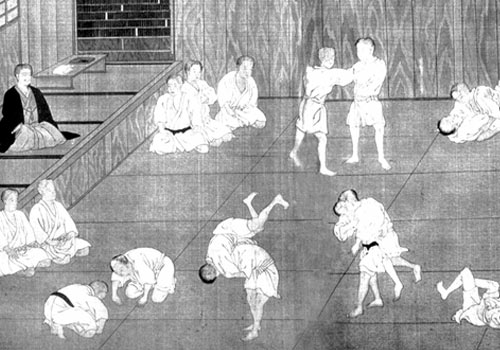
1603-1868
Japanese Edo period
A ban of weponry leads to a increase in the popularity of Ju-Jitsu.
Ju Jitsu experienced a further evolution during the Japanese Edo period (1603 – 1868). During this period swords and other weaponry were banned in an attempt to reduce civil unrest after a prolonged period of turbulence. This ban led to an increase in the popularity of unarmed combat. Numerous systems of Ju Jitsu began to flourish again as the samurai sought out skills to defeat unarmed and unarmored opponents.
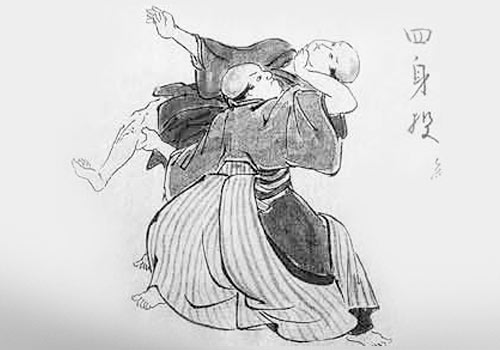
1868 – 1912
Japanese Meiji Restoration
Samurai teachings are banned by emperaror resulting in massive decline of Ju-Jitsu.
However Jiu Jutsu experienced a major decline during the Japanese Meiji Restoration (1868 – 1912). In this period the Emperor was once again in power and an imperial edict was put in place making it a crime to practice the martial arts of the Samurai. As a result the practice of Ju Jitsu was pushed to the fringes of society where it was often practiced underground until the ban was lifted in the mid-twentieth century.
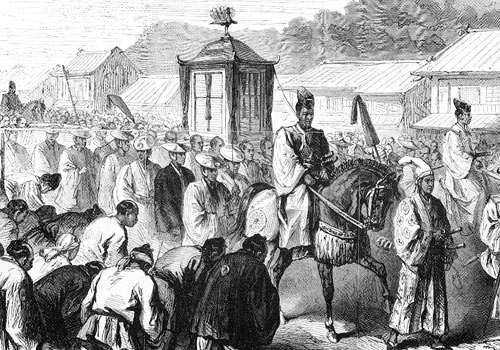
1882
Kudokan Judo Founded
Kano Jigoro starts his own dojo teaching his new martial arts of Judo.
anō Jigorō was born in 1860 during the Meiji restoration era during a time when Ju Jitsu was considered to be outdated and irrelevant. Kano was slight in stature and was regularly targeted by bullies. As a result he sought out martial arts as a way of defending himself. He showed interest in learning Ju Jitsu but was discouraged by his father who suggested he do a modern sport instead. Despite this advice he sought out a Ju Jitsu teacher and began training with Fukuda Hachinosuke while in college. Kano was a avid learner and sought out other fighting styles such as sumo and western wrestling in an attempt to boost his grappling skills. This motivation to constantly improve his skills led to the creation of his own system of grappling. Even though his system was mainly based on Ju Jitsu techniques, he chose this name Kano Judo to avoid association with the out of fashion Ju Jitsu.
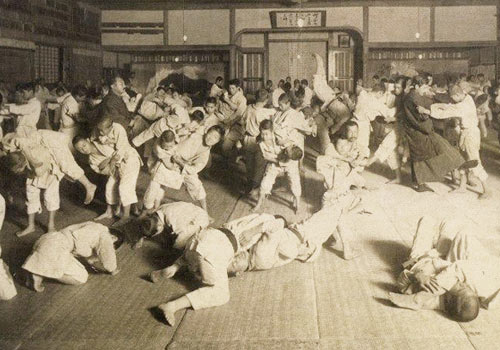
1902
Born Carlos Gracie
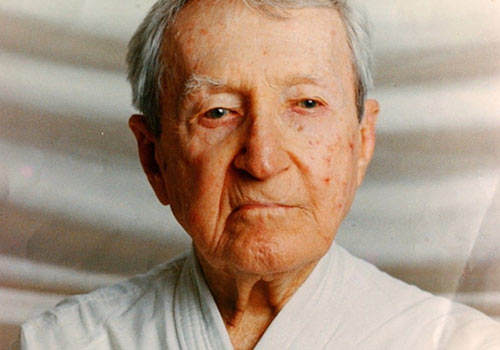
1913
Born Helio Gracie
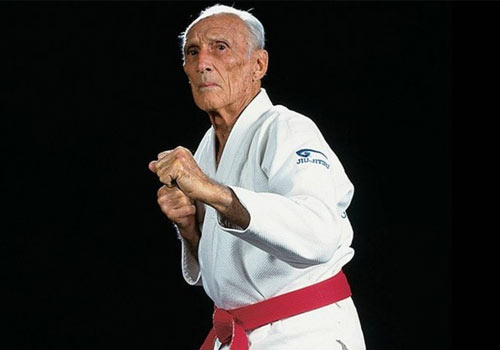
1914
Maeda arrives in Brazil
Kano’s student travels to Brazil during his journey to spread the art of kudokan Judo.
In 1904 Maeda set off on his travels with with Tsunejiro Tomita and Soishiro Satake. They first arrived in the US and began doing demonstrations at colleges. In the years that followed he traveled to Cuba, Mexico, and Central America. Maeda would regularly challenge and compete in exhibitions with fighters from different fighting styles. Maeda would also visit England, Portugal, Spain, and France before settling in Brazil for 7 years.
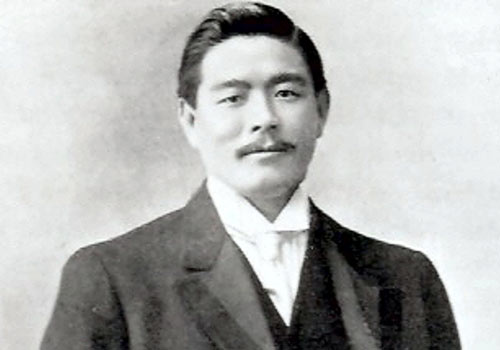
1917
Maeda Begins teaching Carlos Gracie
Carlos is the First Gracie to learn Judo/ Jiu-Jitsu.
Carlos would soon became the best student in the academy and at the age of 22 decided that he wanted to pursue a living teaching Jiu Jitsu. His first students were his younger brothers: Oswaldo, Gastao, George and Helio Gracie.
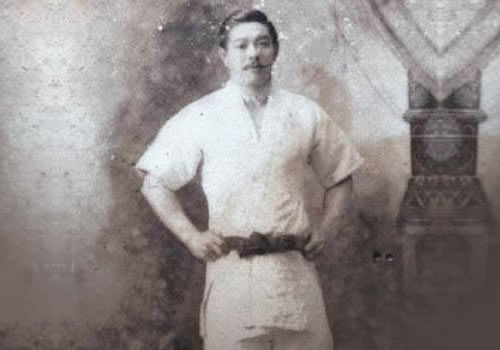
1924
Carlos Gracie Fight Vale-tudo
First Gracie to fight Vale-tudo (currently MMA)
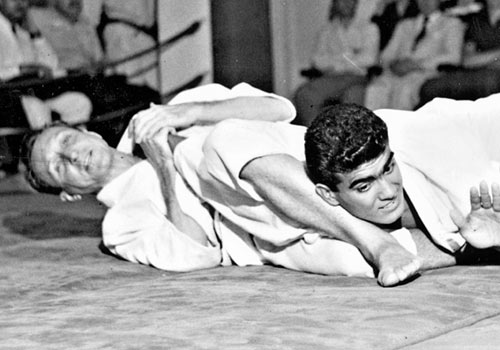
1925
First Gracie Academy
Rio de Janeiro – Brazil
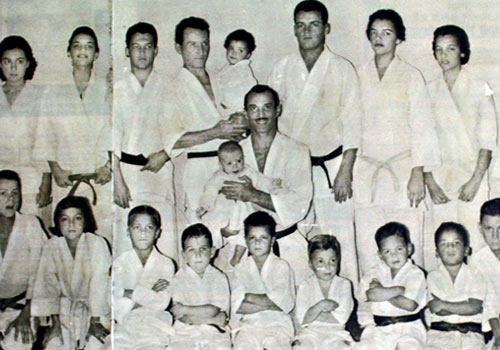
1951
Helio vs Kimura
The bout between Gracie and Kimura took place again in the Maracanã Stadium in front of an audience of 20,000 people, including president of Brazil.
The Gracie family continued to develop the system throughout the 20th century, often fighting full-contact matches(precursors to modern MMA), during which it increased its focus on ground fighting and refined its techniques. Hélio Gracie had competed in several submission-based competitions which mostly ended in him winning. One defeat was by visiting Japanese judoka Masahiko Kimura, whose surname the Gracies gave to the arm lock used to defeat Hélio.

1967
Federação de Jiu-Jitsu da Guanabara
Helio Gracie establish the first Jiu-Jits federation.

1978
Rorion Gracie Move to USA
1978 Rorion Gracie brought Brazilian Jiu Jitsu and his fathers (Heilo Gracie’s) legend with him to the United States. He settled in Southern California and soon began inviting people to train with him in his garage. It was not long before he had set up his own Jiu Jitsu academy and invited his brothers Rolyer, Rickson and a number of their students including a 17 year old Royce Gracie.
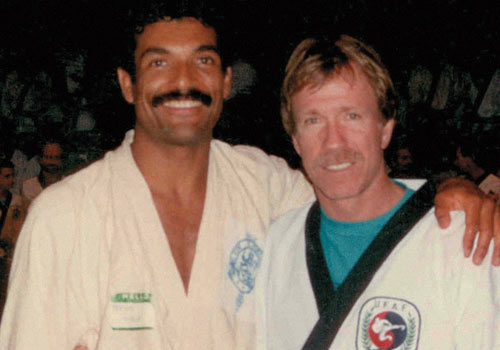
1991
Desafio Jiu Jitsu vs. Luta Livre
Vale tudo chalenge.
The event was a major boost to jiu jitsu’s popularity whose gyms had a massive influx of students shortly after the challenge. The bad atmosphere between the two grapping rivals died down for a bit after the event, however it did not disappear.
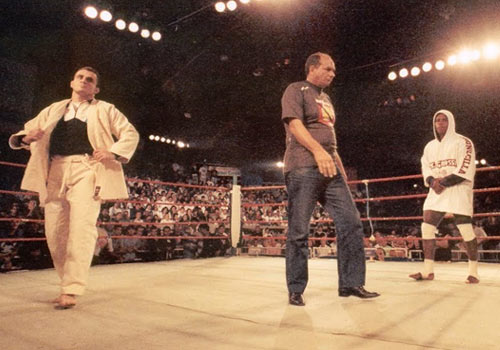
1993
Royce Gracie wins the First UFC
Jiu-Jitsu came to international prominence in the martial arts community in the early 1990s, when Brazilian Jiu-Jitsu expert Royce Gracie won the first, second and fourth Ultimate Fighting Championships, which at the time were single elimination martial arts tournaments. Royce fought against often much-larger opponents who were practicing other styles, including boxing, shoot-fighting, karate, Wrestling, judo and tae kwon do. It has since become a staple art for many MMA fighters.
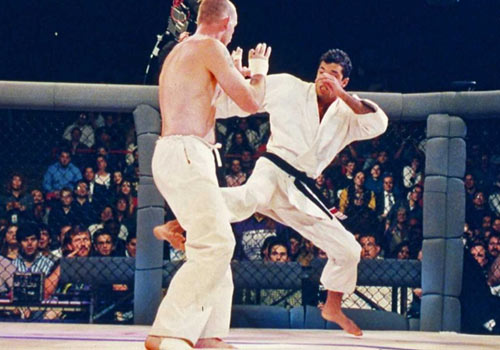
1994
Carlos Gracie Jr Create CBJJ
CBJJ and IBJJF Establish

1996
First World Championship

1997
Rickson wins Pride
Pride Japan Vale tudo.
In 1997, Gracie fight against Nobuhiko Takada in the Pride 1 event at Tokyo Dome’s 47,860 spectators, Rickson defeated the Takada, mounting him and locking an armbar in 4:47.
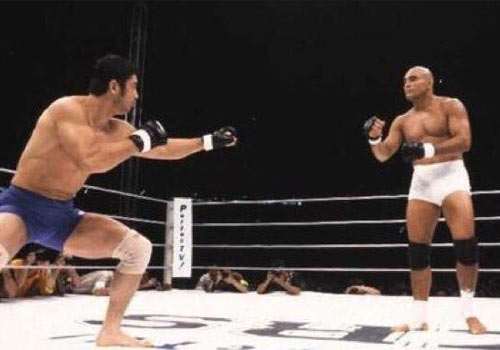
1998
Robin Gracie opens Gracie Barcelona
First Gracie Academy in Europe
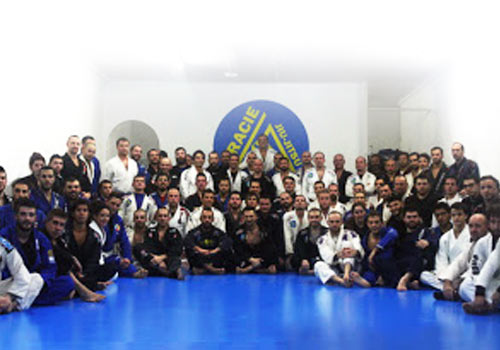
1998
First ADCC
World Submission Wrestling championship at Abu Dhabi.

2004
First European Championship
The European Championship is the most prestigious and largest Brazilian Jiu-Jitsu tournament held in Europe by the International Brazilian Jiu-Jitsu Federation.
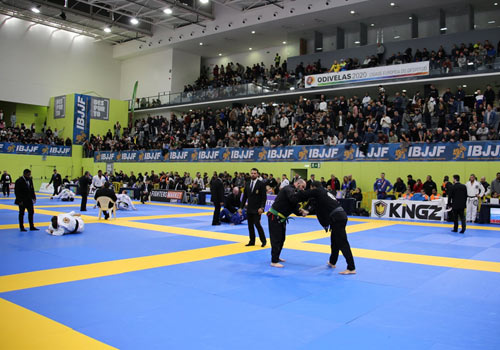
2012
IBJJF moves to USA
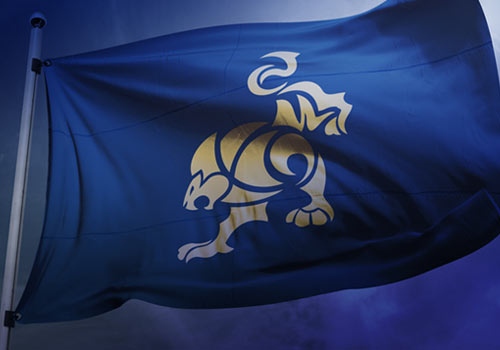
2016
Gracie Swindon Starts

